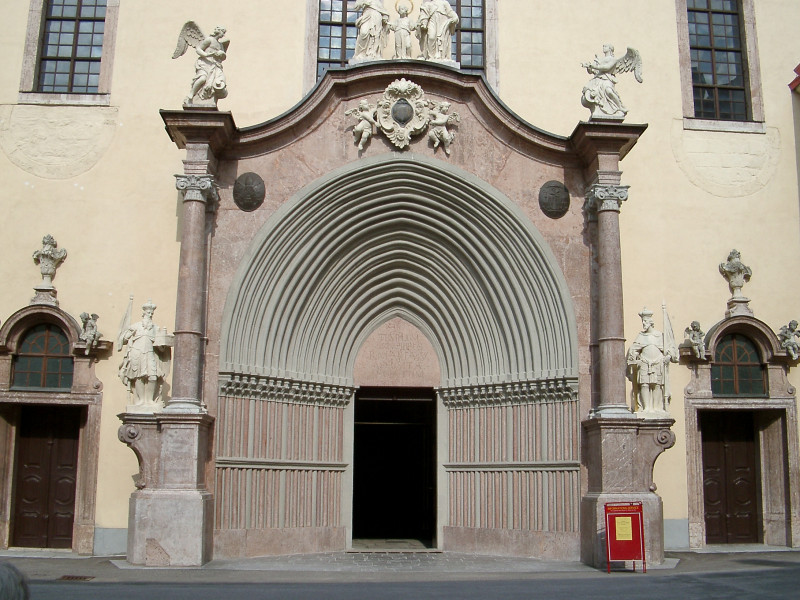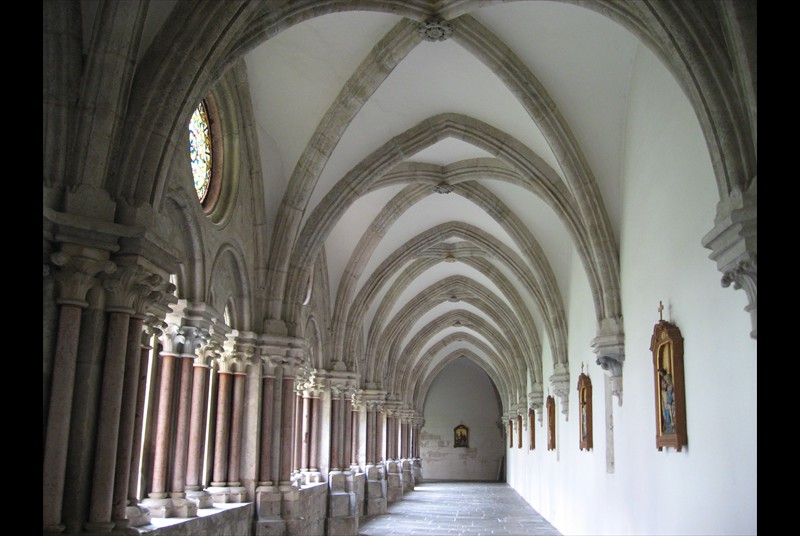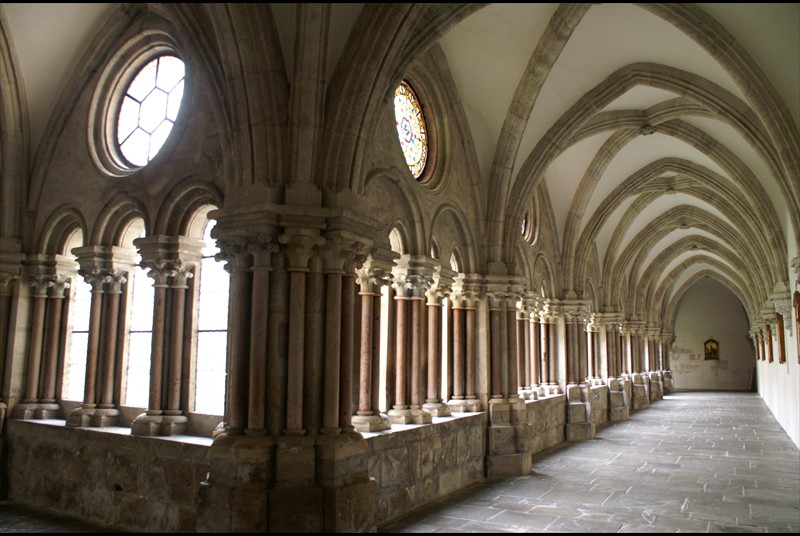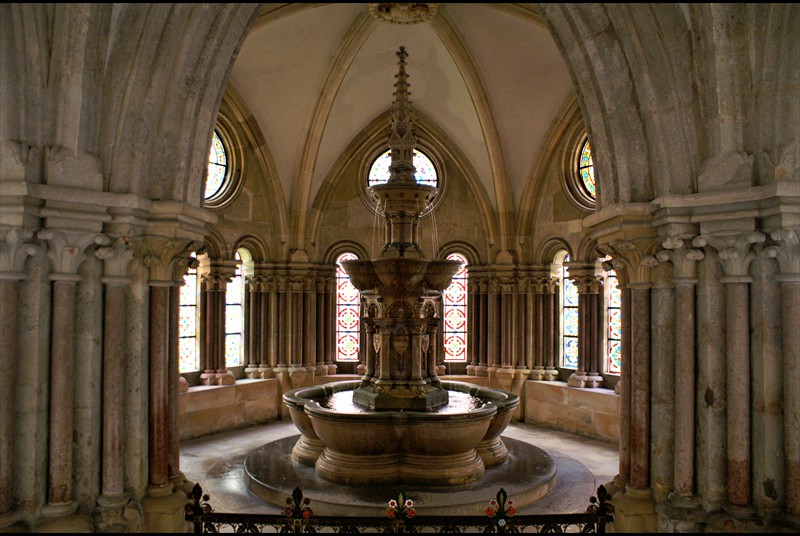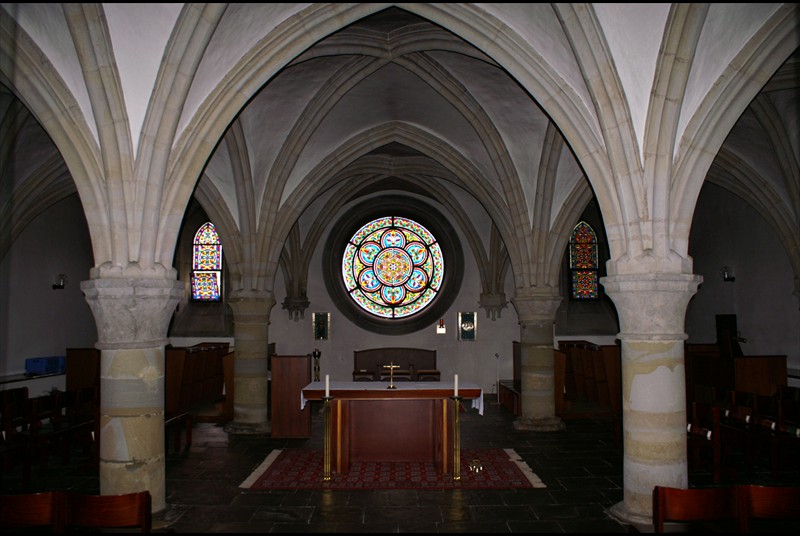In 1202 the Babenberg Leopold VI, Duke of Austria and Styria," for the glory of God and for the glory of the holy and glorious Mother of God, Mary," founded the Cistercian Abbey
of Lilienfeld. Monks from the Cistercian monastery Heiligenkreuz settle the new foundation.
At the end of June 1217, Duke Leopold VI set off with some ministers from Lilienfeld to join the crusader army of King Andrew II of Hungary. Duke Leopold VI arrived in Acre (Palestine)
and Damiette (Egypt) during the Crusade. Upon his return, he donated a precious cross relic to Lilienfeld Monastery, which is still revered today.
From 1641-1716 the medieval monastery complex was supplemented by early Baroque additions to the guest wing, the west wing with the emperor's rooms, the prelature and the library.
In the first half of the 18th century the tower, library and church interior were built in the Baroque style. The monastery is one of the most beautiful monuments of medieval
architecture in Austria and the largest preserved Cistercian monastery complex in Central Europe.
The collegiate basilica is the largest church in Lower Austria.

The Romanesque entrance portal with baroque framing.

Click on the image to enlarge it!
The cloister
Pictures of the cloister, the well house, the chapter house and the cloister courtyard

Inside the church we find rich baroque in gothic walls.

To enlarge click on the picture

The cenotaph (sham tomb) with ducal hat from the founder Leopold VI. He is in fact buried to the left of the altar in a simple grave.


On the left side of the pulpit, where the word is proclaimed, is the figure of Berhard of Clairvaux.
To the right opposite where the music comes from, on the small organ stands David with his harp.

Burgundian Gothic


Maria Hilf picture in Lilienfeld (side altar)
The original by Lucas Cranach: Church of St. James, Innsbruck

Today, the library has 40,000 books, 229 manuscripts and 120 incunabula, despite painful losses, such as the temporary suspension of the monastery in 1789.

The former wine cellar with interesting gothic ribs.
Herzogenburg Abbey on the Austrian Way of St. James
